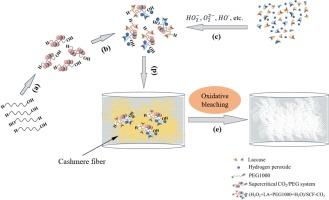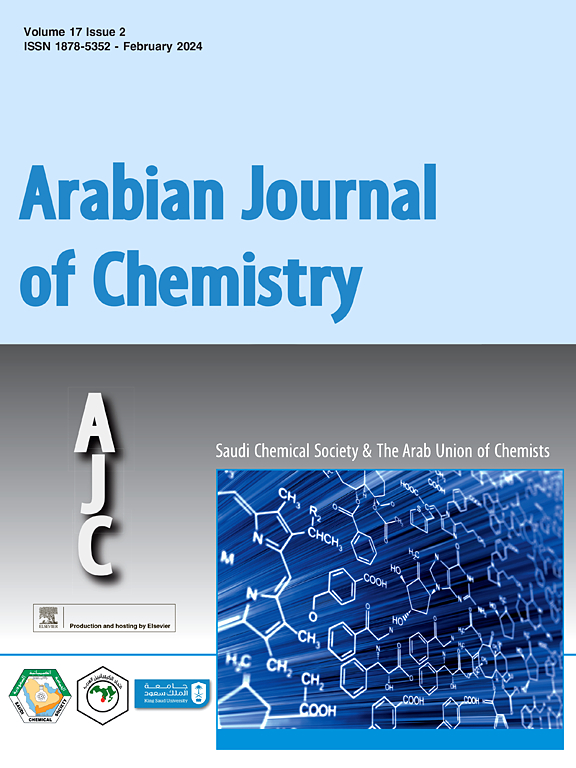An ecofriendly bleaching method for cashmere fiber with hydrogen peroxide and laccase in SCF-CO2 by avoiding heavy effluent discharge
Abstract
For the first time, we used laccase (LA) and hydrogen peroxide (H2O2) in supercritical fluid of carbon dioxide (SCF-CO2) to develop a method of bleaching cashmere fiber production in an ecofriendly way. The obtained results found that the whiteness of the cashmere was improved significantly involving a high bleaching efficient with this method, as well as influenced notably by the dosages of H2O2 and LA, bleaching temperature, pressure and duration. Various natural colorants on the cashmere sample were effectively decomposed and removed by the bleaching ingredients from the H2O2 and biologic catalyst of LA via an efficient transfer of those species onto cashmere surfaces from (H2O2 + LA+PEG1000 + H2O)/SCF-CO2 system. Particularly, this supercritical bleaching method with LA and H2O2 in SCF-CO2 reduced the number of damages to the cashmere fibers. Furthermore, we also successfully validated the supercritical removal of colorants by using X-ray energy spectroscopy (EDS) and scanning electron microscopy (SEM) analysis. Strength measurements and thermogravimetric (TG) and differential thermogravimetric (DTG) analysis demonstrate that supercritical bleaching had a reduced impact on the thermal and mechanical properties of the cashmere fiber. An optimized enzymatic-oxygen bleaching process in SCF-CO2 was further recommended by accompanying with a high whiteness value at 83.36 and an acceptable alkali solubility at 15.55 %. This developed supercritical bleaching method is prospective to be utilized for clear production of cashmere fibers by avoiding an extensive use of chemicals and the generation of heavy wastewater, as well as with less or non-effluent discharge.


 求助内容:
求助内容: 应助结果提醒方式:
应助结果提醒方式:


